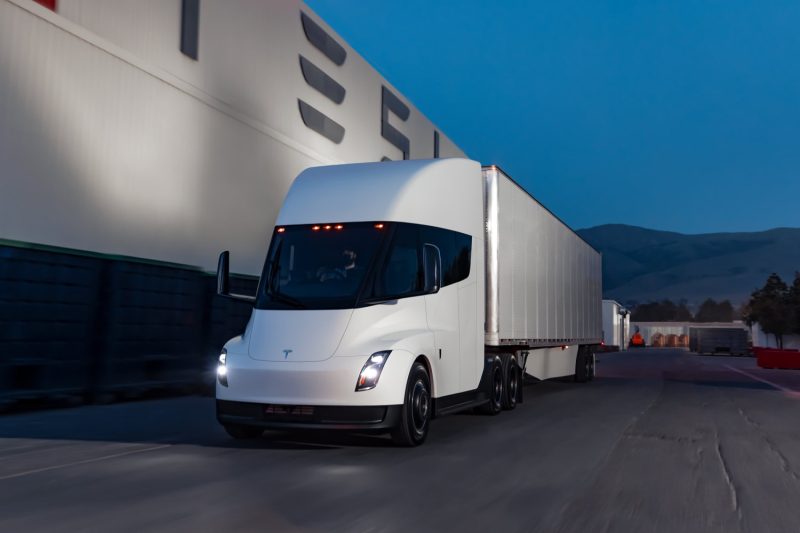
Massive Blaze: Tesla Semi Fire in California Doused with 50,000 Gallons of Water
The recent Tesla Semi fire in California that required 50,000 gallons of water to extinguish has raised concerns about the safety and potential risks associated with electric vehicle fires. The incident, which took place on a highway near Tulare, California, highlighted the challenges faced by emergency responders when dealing with burning electric vehicles, particularly those with large battery packs like the Tesla Semi.
Electric vehicle fires pose unique challenges compared to traditional gasoline-fueled vehicle fires due to the nature of the lithium-ion batteries used in these vehicles. Lithium-ion batteries are known for their high energy density, which can make them more prone to thermal runaway and the release of flammable gases when they catch fire. This can lead to intense and prolonged fires that are difficult to extinguish, as was evident in the case of the Tesla Semi fire in California.
The use of large quantities of water to extinguish the fire underscores the need for specialized training and equipment for emergency responders to effectively combat electric vehicle fires. While water is typically used to cool the battery and prevent further thermal runaway, excessive amounts of water can also pose risks such as electrocution and contamination of water sources with toxic chemicals from the battery. As such, there is a growing need for updated protocols and resources to ensure the safe and efficient handling of electric vehicle fires.
In addition to the challenges faced by emergency responders, incidents like the Tesla Semi fire in California also raise questions about the design and engineering of electric vehicles to minimize the risks of fires and enhance safety. Manufacturers like Tesla must continue to invest in research and development to improve the thermal management systems, fire suppression mechanisms, and overall safety features of their vehicles to prevent and mitigate fire incidents.
While electric vehicles offer significant environmental benefits and have the potential to revolutionize the automotive industry, incidents like the Tesla Semi fire in California serve as a reminder of the importance of addressing safety concerns and ensuring the appropriate response mechanisms are in place. As electric vehicle technology continues to evolve, collaboration between manufacturers, regulators, and emergency responders will be crucial to effectively address the challenges posed by electric vehicle fires and ensure the safety of both occupants and first responders in the event of an incident.